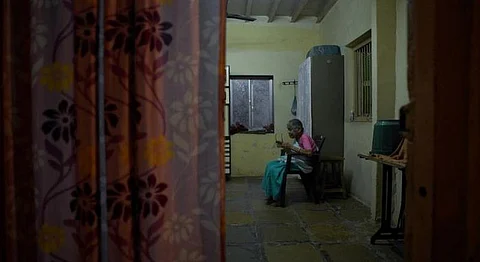
- HOMEGROWN WORLD
- #HGCREATORS
- #HGEXPLORE
- #HGVOICES
- #HGSHOP
- CAREERS
- ABOUT US
- CONTACT US

Streets in India have traditionally been public spaces around which social life has evolved. In a bustling metropolis like Mumbai where millions of people go to find work every year, the space crunch is an everyday reality, and something which has led a huge number of people to make do with dingy accomodations. Besides, the sky-high rents had led many to settle in cubicle-sized flats in the city, leaving people to live a life within the narrow confines of urban spaces and multi-storeyed buildings.
In 1999, the Maharashtra Rent Control Act, which gave rise to the pagdi-kirayedar system, a tenancy model in India that assures that despite price inflation or other fluctuations, the rent one pays is nominal. In south Mumbai, popularly called SoBo, the pagdi system is still prevalent where some tenants pay a rent of 500 rupees per month when market rates might be as high as 60,000 rupees or more. However, since repairing or renovating these houses is not profitable to the landlords, they lie dilapidated and rundown. In 2019, when the MHADA (Maharashtra Housing and Area Development Authority) wanted to initiate redevelopment procedures to renovate these houses, the tenants refused to move to any transit accommodations, probably due to the crippling anxiety of never being able to move back to their generational homes.
Jarjar Ghar, shot entirely during the pandemic is a six-minute documentary capturing the vignettes of these buildings, which are easily as old as 200 years. The documentary represents the state of constant impermanence in India’s most expensive city, and how middle to low-income Mumbaikars constantly negotiate with the reality of living under such difficult circumstances.
Directed by Geetanjali Gurlhosur, it was shot with an extremely low budget during the lockdown when even the city’s lifeline — the Mumbai Local — wasn’t fully functioning.
If you enjoyed reading this article, we suggest you also read:
